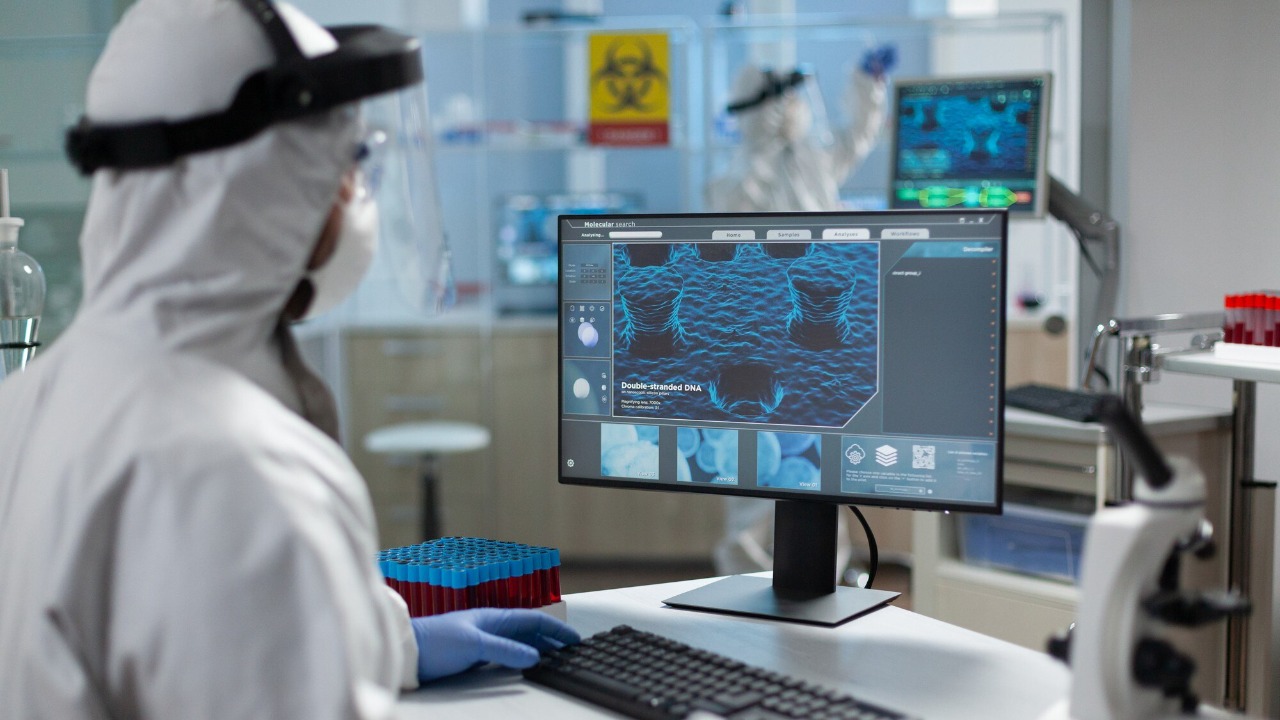
As the world continues to grapple with the aftermath of COVID-19, the potential for future pandemics remains a pressing concern. Advances in artificial intelligence (AI) offer new hope in predicting the next pandemic strain. The capabilities and limitations of AI in forecasting emerging infectious diseases can provide insights into how we might better prepare for future global health threats.
The Role of AI in Disease Surveillance

Artificial intelligence has emerged as a formidable tool in disease surveillance, capable of analyzing vast datasets to identify potential threats long before they become widespread. AI algorithms can sift through complex biological data, environmental factors, and even social media trends to detect early-warning signs of emerging infectious diseases. This capacity for real-time analysis allows for quicker responses, potentially curbing the spread of infectious agents before they reach pandemic levels.
Several AI models are currently being employed to track disease outbreaks effectively. For instance, BlueDot, a Toronto-based AI firm, uses data analytics to monitor infectious disease risks globally. The AI-driven platform was among the first to raise an alarm about the COVID-19 outbreak in Wuhan, China, in December 2019. Similarly, HealthMap, an AI tool developed by researchers at Boston Children’s Hospital, aggregates data from various sources, including news reports and social media, to provide a comprehensive view of potential health threats. These examples highlight the importance of real-time data analytics in pandemic prediction.
Success Stories and Case Studies

AI has seen success in predicting disease patterns and outbreaks, offering a glimpse into its potential for future pandemic prevention. For instance, during the COVID-19 pandemic, AI tools like those developed by DeepMind were pivotal in understanding the protein structures of the virus, aiding in vaccine development and therapeutic strategies. Another notable example is the use of AI by researchers at Northeastern University, who developed models to predict the spread of COVID-19 across different regions, assisting policymakers in making informed decisions regarding lockdowns and resource allocation.
Recent studies have also demonstrated AI’s potential in predicting viral mutations. For example, a study published in the journal Reviews in Medical Virology explored how machine learning algorithms could predict the genetic evolution of influenza viruses, potentially aiding in vaccine design. These insights underscore the transformative impact AI could have on public health, particularly in the realm of infectious disease forecasting.
Challenges in Predicting Pandemic Strains with AI

Despite its promise, AI faces significant challenges in predicting pandemic strains with precision. One primary limitation is the complexity of viral evolution, which involves numerous variables that are difficult to quantify and model accurately. Viruses like influenza and coronaviruses can mutate rapidly, making it challenging for AI models to keep pace with their evolution. The unpredictable nature of zoonotic spillovers from animals to humans further complicates matters, adding layers of uncertainty to AI predictions.
Ethical and privacy concerns also arise when using AI for pandemic surveillance. The collection and analysis of vast amounts of personal and health data raise questions about data security and individual privacy rights. Ensuring that AI systems are transparent and that data is used responsibly is crucial to maintaining public trust. Balancing these ethical considerations with the need for effective surveillance will be key in leveraging AI to its fullest potential.
Collaboration Between AI and Human Expertise

The integration of AI insights with human epidemiological expertise is essential for improving prediction accuracy. While AI can process and analyze large volumes of data efficiently, human experts are needed to interpret these findings and make informed decisions. Case studies from the COVID-19 pandemic illustrate the successful collaboration between data scientists and public health officials. This synergy allows for the development of comprehensive strategies that address both the scientific and social aspects of disease management.
Interdisciplinary approaches that combine AI technology with fields such as genomics, virology, and public health can enhance prediction models and improve response strategies. By fostering collaboration between diverse experts, we can build more robust systems capable of addressing the multifaceted challenges posed by emerging infectious diseases. This holistic approach is vital for refining AI tools and translating predictions into actionable public health interventions.
The Future of AI in Pandemic Prediction

Ongoing research and future developments in AI technology hold promise for revolutionizing pandemic prediction. Efforts are underway to create more sophisticated models that can account for the dynamic nature of viral evolution and environmental changes. Advances in machine learning and computational biology are paving the way for AI systems that can more accurately forecast disease dynamics and identify potential pandemic strains.
Potential advancements include the integration of AI with global health networks to provide real-time surveillance and response capabilities. The global implications of using AI to mitigate the effects of future pandemics are profound, offering the possibility of reducing the human and economic toll of infectious diseases. As researchers continue to explore the capabilities of AI, the hope is that these technologies will play a pivotal role in safeguarding global health and preventing future pandemics.
In conclusion, while AI offers exciting opportunities for predicting and managing pandemic threats, its success will depend on overcoming current challenges and fostering collaboration across disciplines. By harnessing the power of AI alongside human expertise, we can better anticipate and respond to the infectious disease threats of tomorrow. As we look to the future, the potential for AI to transform pandemic prediction and preparedness remains an area of active and vital exploration.